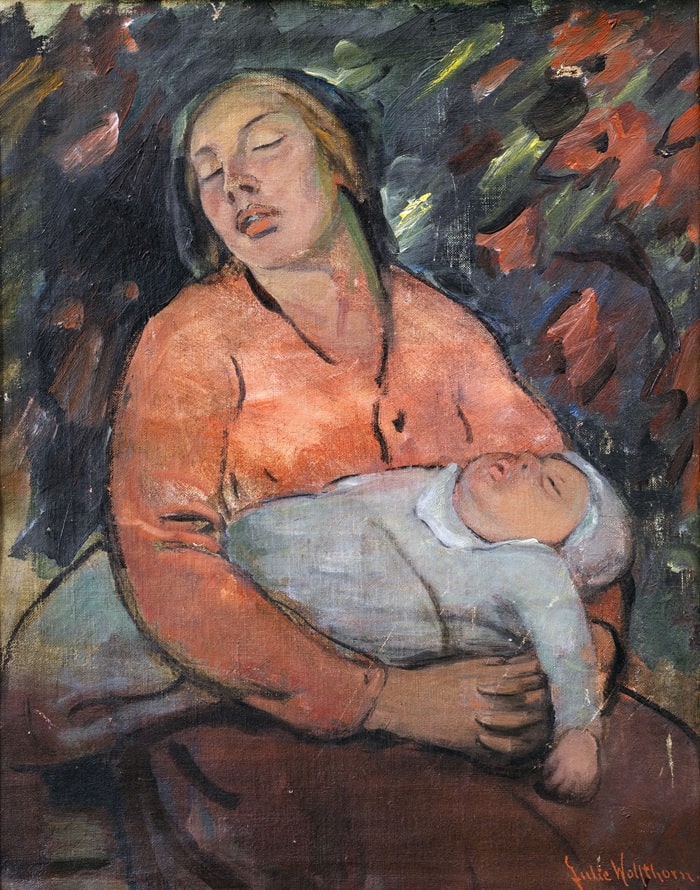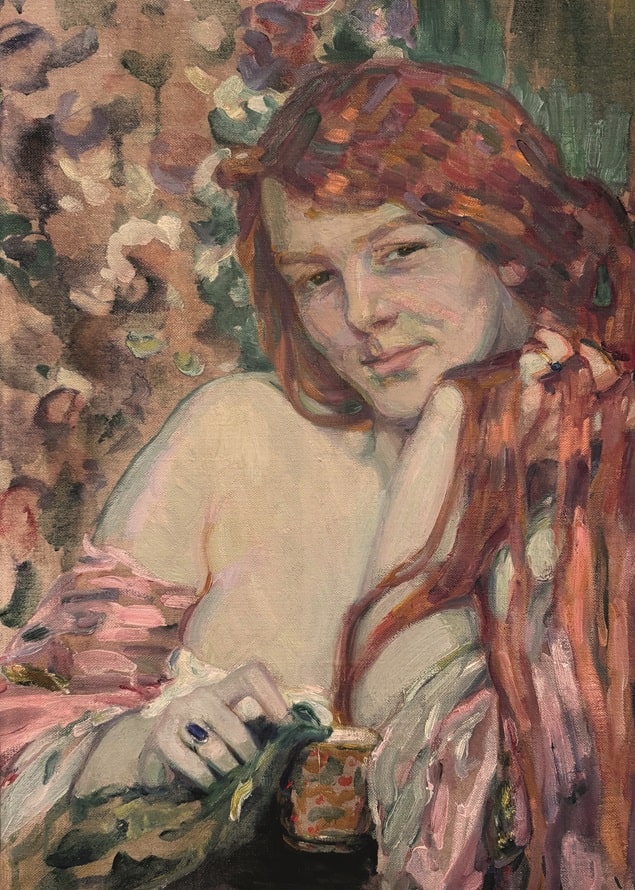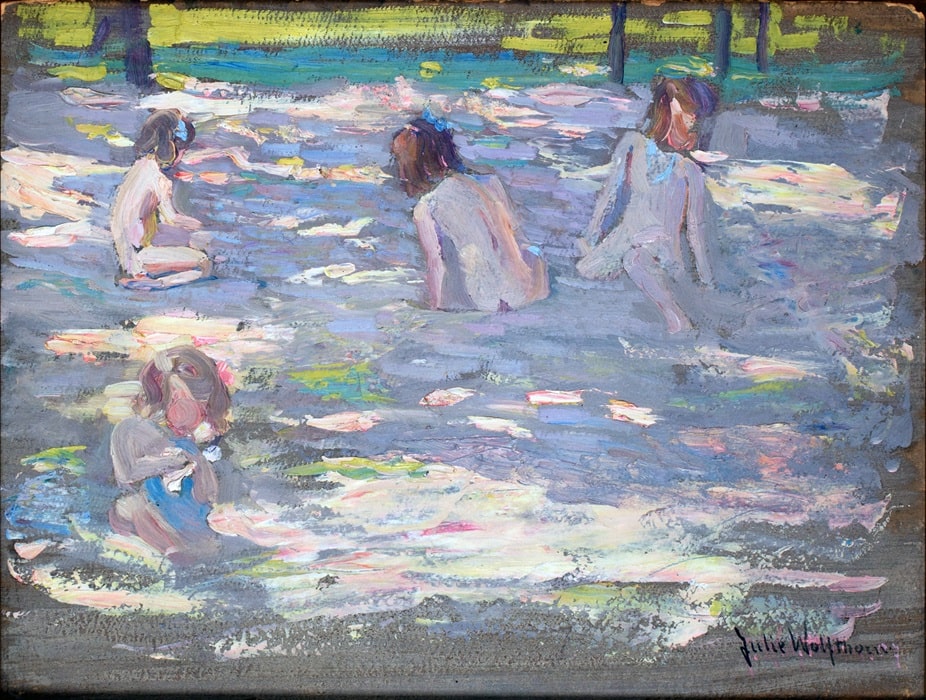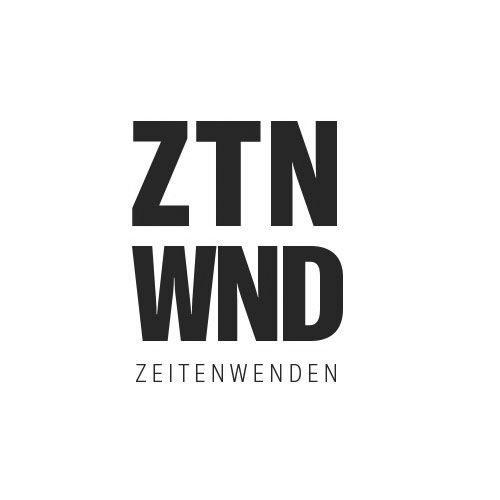On the 160th anniversary of the birth and 80th anniversary of the death of the Berlin painter and graphic artist Julie Wolfthorn (1864 – 1944), many works are returning to the Berlin public. So far only a few works are accessible to the public in Berlin, one in the Nationalgalerie and one in the Berlinische Galerie. The Association of Berlin Artists 1867 is showing a solo exhibition by the artist from Thursday, April 11, 2024.
Image above: Julie Wolfthorn, Vier Mädchen auf Waldboden, 1907, Oil on canvas, 57 x 46 cm, © (also photograph) Private collection
Julie Wolfthorn was one of Germany’s leading artists at the beginning of the 20th century, alongside Käthe Kollwitz and Dora Hitz. Her portraits were particularly sought after – the list of those she portrayed reads like a who’s who of society at the time; among them Ida and Richard Dehmel, the painter Christian Rohlfs, the publisher Marta Baedeker, the writer Hedwig Lachmann and her husband, the writer and politician Gustav Landauer. She was one of the few women who regularly received commissions from the Art Nouveau magazine Jugend. Wolfthorn was an excellent networker and was involved in many associations, including: She was an active member of the Association of Berlin Artists in 1867 and, together with Käthe Kollwitz, on the board and jury of the Secession; It helped shape the reformist cultural life of the capital of Berlin.

Until recently, Julie Wolfthorn was almost forgotten. As a member of the lost generation, she was doubly disadvantaged – as a woman in the art world and as a Jew. When the National Socialists came to power, Wolfthorns’ life changed radically. Deported to the Theresienstadt concentration camp in 1942 at the age of almost 80, she survived there for two more years and continued to work there secretly.
A few days before her deportation, she wrote to her friend Carl Eeg: “Today I send you my last greetings. We are waiting here for d. Transport to Theresient. u. are almost satisfied, finally d. To be rid of uncertainty. Don’t forget us.« (Postcard from October 17, 1942)
Biography Julie Wolfthorn
Born in 1864 as Julie Wolf in Thorn, West Prussia, now Torun in Poland. Around 1890 she began artistic training in Berlin and Munich and then continued her studies in Paris. Julie Wolfthorn soon managed to establish herself successfully as a painter in Berlin. She was part of a network of artistically and socially active women. Through her tireless commitment, the painter ultimately contributed to the recognition of women’s professional practice of art.

After the National Socialists came to power in 1933, Wolfthorn was excluded from almost all associations because of her Jewish origins, was banned from publishing and was only allowed to exhibit in Jewish institutions. In 1942 she and her sister were deported to Theresienstadt on Transport I/72. She survived two years in prison and died on December 29, 1944.
About the curator
Dr. Heike Carstensen, art historian, has been researching Julie Wolfthorn for more than 20 years. She lives and works in Stralsund.
WHEN?
Vernissage: Thursday, 11. April 2024, 6 pm
Exhibition period: Friday, 12. April until Sunday, 26. May 2024
Opening hours: Thu – Sat, 4 – 7 pm
Events as part of the exhibition:
- Julie Wolfthorn. Provenance and family research. Insights with Peter Kühn, Wolfthorn collector: Thursday, May 2nd 2024, 6:30 pm
- Julie Wolfthorn. Life and work. Lecture by Dr. Heike Carstensen, art historian and Wolfthorn expert: Thursday, May 16 2024, 6:30 pm
- Finissage with drinks: Sunday, May 26 2024, 1:00 pm – 5:00 pm
WHERE?
Verein der Berliner Künstlerinnen 1867
Eisenacher Str. 118
10777 Berlin-Schöneberg






